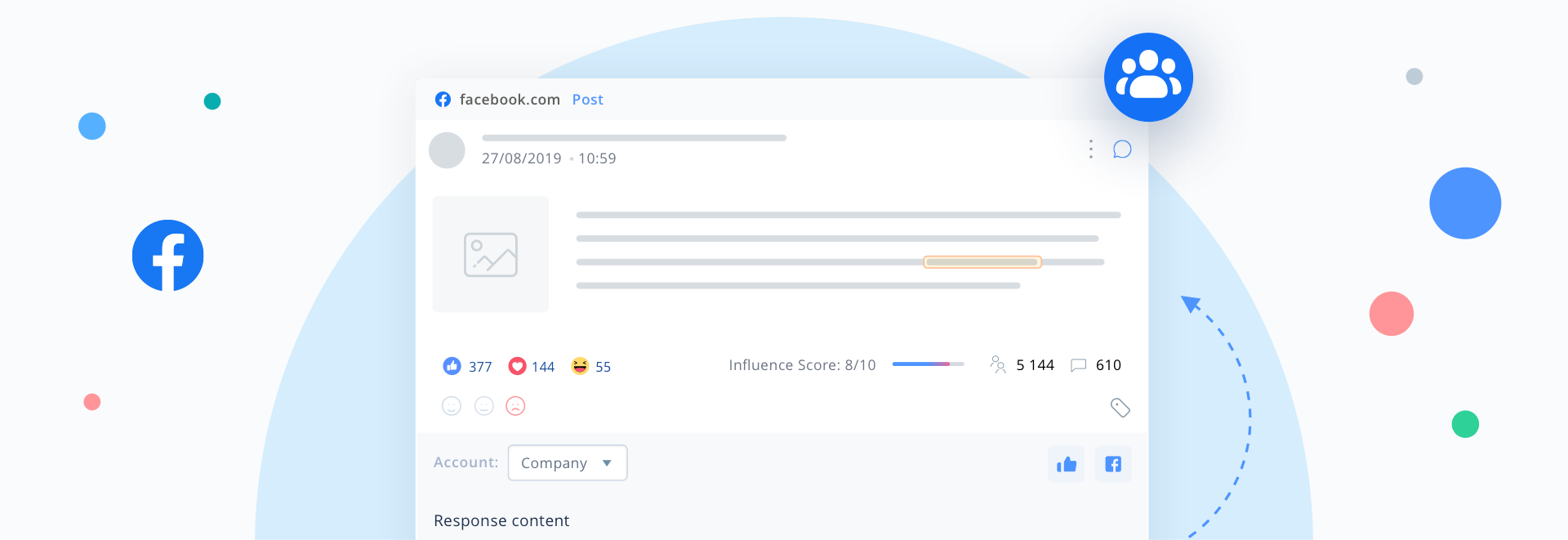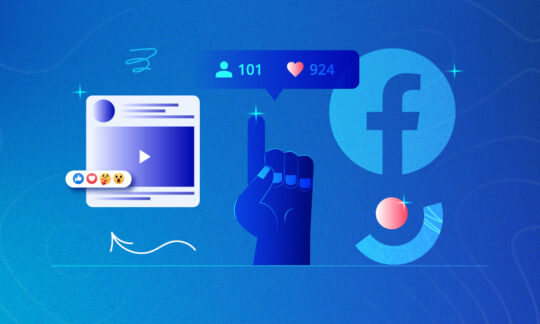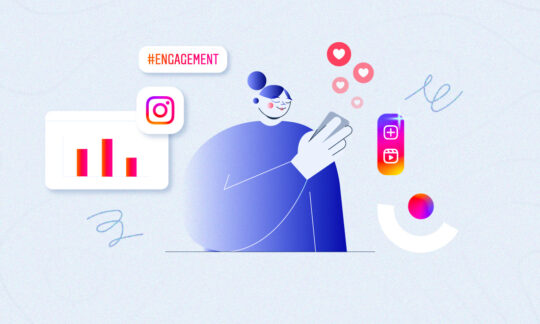How to use Facebook groups for your business
The advent of social media brought with it new possibilities for engaging with your customer base. All of a sudden, brands have unprecedented access to candid, unprompted opinions about their products and services from their clients – and no place is better to look for those than Facebook groups.
In this article we’ll discuss how best to utilise Facebook groups for your business goals.
Why are Facebook Groups important?
As we said earlier, Facebook groups are invaluable – unlike Pages, which provide content curated by the Page’s operator, Groups exist to facilitate discussion between regular users. As such, they are a prime source of valuable insights. Utilising groups properly can help you determine current trends and common interests among your customers. You can also use them to learn what common issues they have with your products and what new features or improvements they expect. Finally, they are a great marketing vector – not only does it allow you to build your brand and distribute your content, they can also help you find out influencers and brand ambassadors.
How to use Facebook groups – step by step
- Join relevant groups and engage in discussions
- Never hide your status as a brand ambassador – be honest
- Groups are a community – contribute value, don’t just spam them with marketing
- If a fan group is dedicated to you or your product, reach out to the administrator and ask if you can monitor the group using external tools
- Partner up with the largest groups to offer exclusive promotional offers and contests
How do I look for relevant Facebook groups?
Finding relevant groups is easy – look for keywords relevant to your line of business, then sort by size and the amount of new posts. Sure, joining the largest group may be the obvious play, but what is the point of a large group if only three people post on it?
If you know your competitors are making use of Facebook groups, it would be prudent to pay attention to which groups they frequent. The same goes for market leaders in other industries – figure out how they use Facebook groups and apply your insights to your own strategy.
Finally, you can start your own group – more on that later.
Creating your own Facebook group
Creating your own, official Facebook group is also a viable option. Unlike your brand’s Page, a group has many more uses and encourages different kinds of interaction. For instance, customers are more likely to participate in discussions about technical difficulties with each other, offering possible fixes and workarounds. This not only helps you offload some of your customer service work, it also provides a valuable insight as to which aspects of your product or service need improvements.
An engaged community is, of course, useful for more than just customer service. Exclusive promotions, referral programs, content generation – the possibilities are numerous.
Using Facebook groups as a marketer
Once you’ve joined – or created – your target group, it’s time to get to work. See that search box in the lower left? That’s your new best friend.
Look for discussions you can contribute to. Obviously, don’t reply to posts older than a week or two, and especially don’t start spamming every thread you can find. Focus on the quality of your contributions instead of the quantity. Building a respectable reputation will take time, but it’s well worth the effort.
Under no circumstances attempt to hide the fact you’re affiliated with a brand. Modern social media users can smell insincerity from a mile away – and there’s no better way to turn yourself into the butt of jokes and derision for weeks on end than ineptitude on social media. Be transparent.
It should go without saying that you want to familiarise yourself and follow the rules of each group you join.
The situation is slightly different if you’re operating your own group, as you’re free to set your own rules. However, you’re still bound by the expectations of savvy users. They expect value first and foremost. The official Instant Pot Facebook Group is a good example of a group being handled right – despite featuring almost no promotional content, it still reinforces the brand’s image among its customers by offering value. Although it ostensibly exists only to allow members to share recipes and tips with one another, each post references the brand – it is, after all, in the group’s name.
Of course, the group doesn’t have to be dedicated to your brand. You could establish one focused on your particular area of expertise in order to position your brand as a market leader. However, always remember to be transparent – customers do not appreciate being misled. A good example of a group like that is Websummit’s Women in Tech, which focuses on promoting and discussing diversity in the technology industry. Again – almost no promotional content, yet the brand is being promoted with every valuable discussion.
Some B2B brands also utilise Facebook groups as a service channel for their customers. The Autopilot group is a decent example of this – it’s used by the brand to disseminate news, handle service queries and solicit opinions about their product. Although unorthodox, this approach certainly proves that you can think outside of the box and use Facebook groups in novel ways.
What running your own Facebook group boils down to, really, is driving engagement. After all, what good is your group, if its members don’t engage with it at all? Generating engagement can be done in several methods: polls, tutorials, contests, exclusive offers – however, be mindful of the users’ time. What value can they extract from engaging with your brand?
The earlier warning about spamming also applies here. Above all don’t make the amateur mistake of attempting to garner attention through “daily prompts” – this only serves to oversaturate your users’ timeline, which will only discourage them from interacting with your brand.
How to perform social listening on Facebook groups?
Here’s the downside of Facebook groups. Because of changes to the Facebook API access policy, social media monitoring tools, such as SentiOne are unable to track and analyse data from groups, unless you are the owner of such a group.
This doesn’t mean that social listening is useless – on the contrary! It only requires you to be slightly more creative with your listening approach. Since you’re working with a much smaller dataset, anomalies and new trends may be harder to detect. Depending on the profile of your group, you might be dealing with a large variety of posts – tips about new products, links to articles, requests for support… Too large a variety can skew any analytics you may wish to perform. Be wary of that and configure your social monitoring tool accordingly.
So, why should you use Facebook groups?
Reasons to use Facebook groups:
- Targeted audiences, more so than Pages
- Direct engagement with the users
- More possibilities for interaction
- Better reach
- Strong marketing vector
In conclusion, Facebook groups are incredibly useful – if slightly underappreciated – for all kinds of marketing and customer engagement. Yes, organising a Facebook group and building a community takes time. However, having access to a precisely targeted audience like that can prove highly beneficial – groups often have more reach and generate more engagement than Pages.
Just about the only thing that Facebook groups don’t yet have is solid monitoring and analytics solutions – at least not natively. For this reason we recently added Facebook group support to SentiOne. Our users are now able to monitor and moderate groups just like any other social media channel, all from the comfort of the familiar SentiOne interface. If you’re interested in monitoring your own groups, get in touch with us and schedule a free trial.



